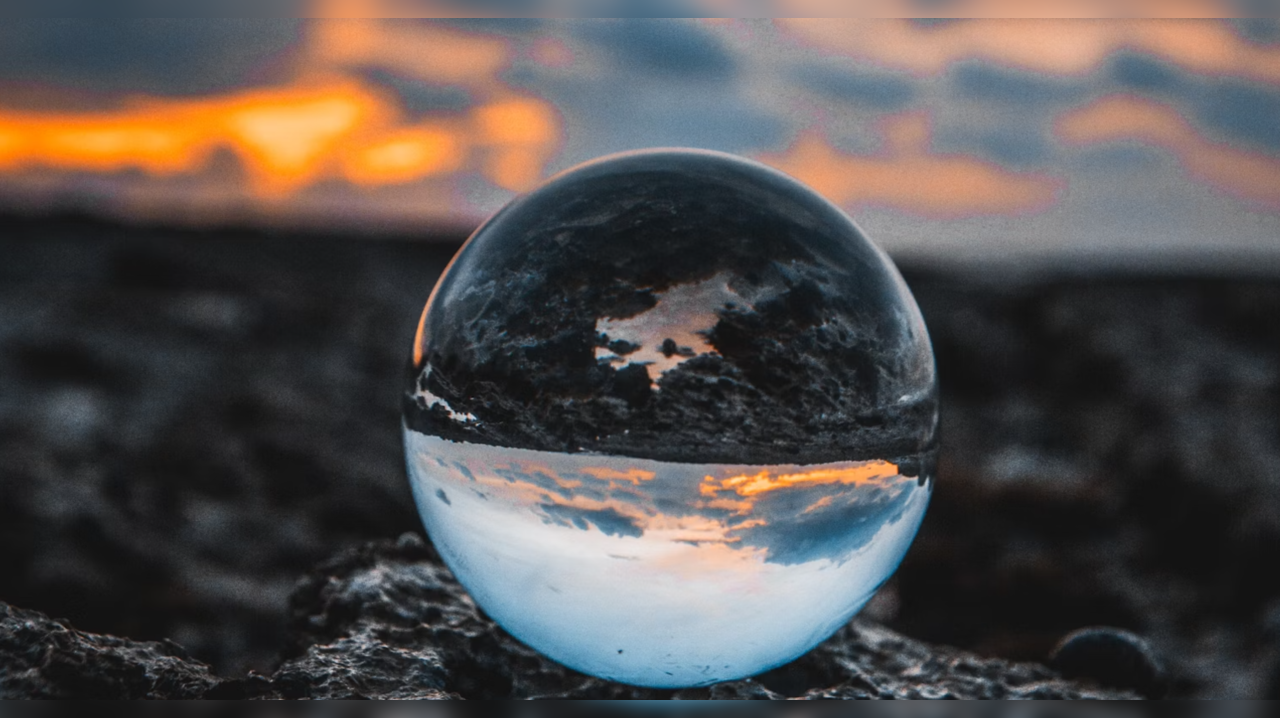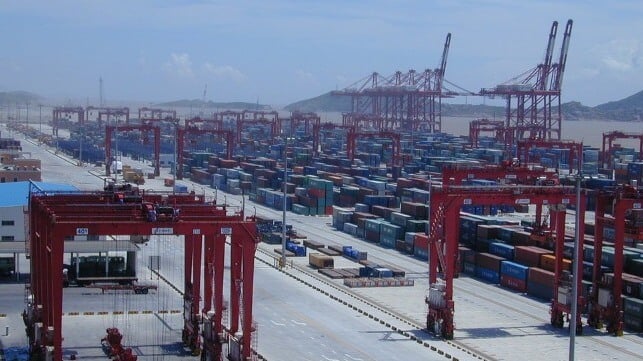World
The strange way the world’s fastest microchips are made : Planet Money


This is the story behind one of the most valuable — and perhaps, most improbable — technologies humanity has ever created. It’s a breakthrough called extreme ultraviolet lithography, and it’s how the most advanced microchips in the world are made. The kind of chips powering the latest AI models. The kind of chips that the U.S. is desperately trying to keep out of the hands of China.
For years, few thought this technology was even possible. It still sounds like science fiction: A laser strong enough to blast holes in a bank vault hits a droplet of molten tin. The droplet explodes into a burst of extreme ultraviolet light. That precious light is funneled onto a wafer of silicon, where it etches circuits as fine as a strand of DNA. Only one company in the world that can make these advanced microchip etching machines: a Dutch firm called ASML.
Today on the show, how this breakthrough in advanced chipmaking happened — and how it almost didn’t. How the long-shot idea was incubated in U.S. nuclear weapons laboratories and nurtured by U.S. tech giants. And, why a Dutch company now controls it.
This episode was hosted by Jeff Guo and Sally Helm. It was produced by Willa Rubin and edited by Jess Jiang. It was fact-checked by Dania Suleman, and engineered by Patrick Murray. Alex Goldmark is Planet Money‘s executive producer.
Help support Planet Money and hear our bonus episodes by subscribing to Planet Money+ in Apple Podcasts or at plus.npr.org/planetmoney.
Always free at these links: Apple Podcasts, Spotify, the NPR app or anywhere you get podcasts.
Find more Planet Money: Facebook / Instagram / TikTok / Our weekly Newsletter.
Music: Universal Music Production – “With It,” “Tribes,” and “Blue and Green.”










